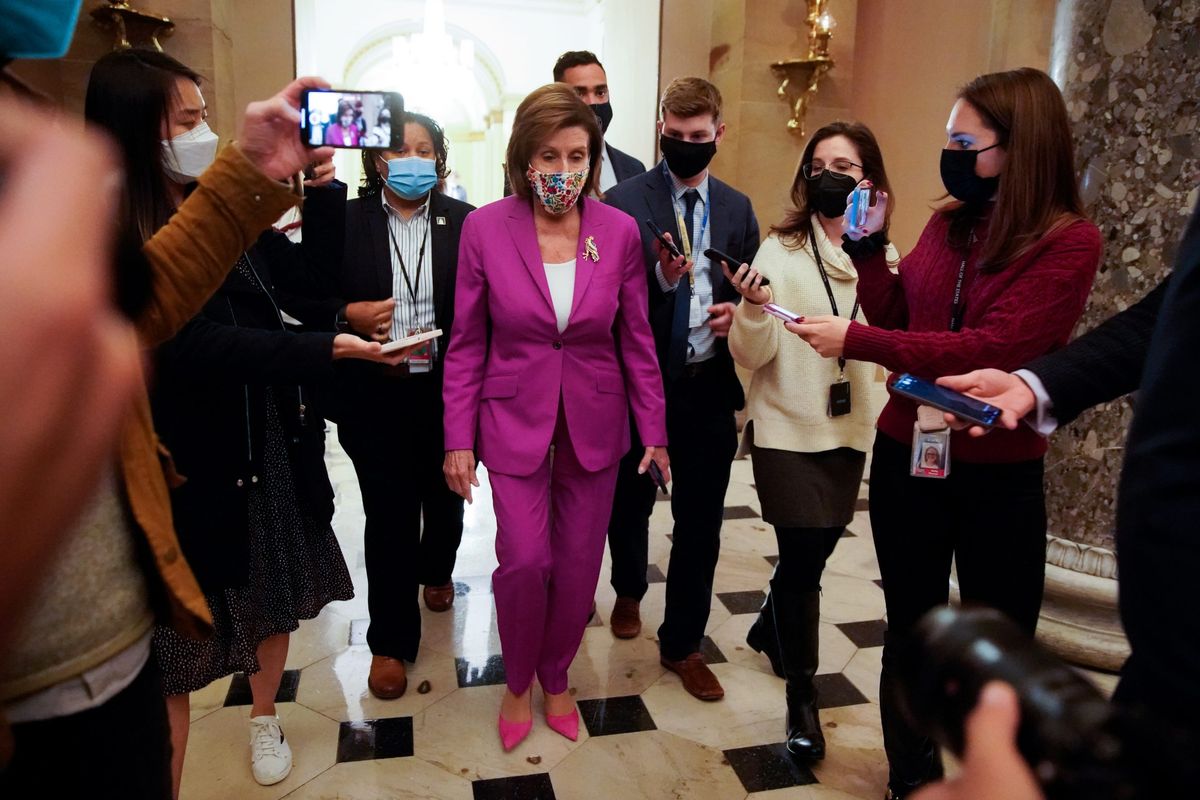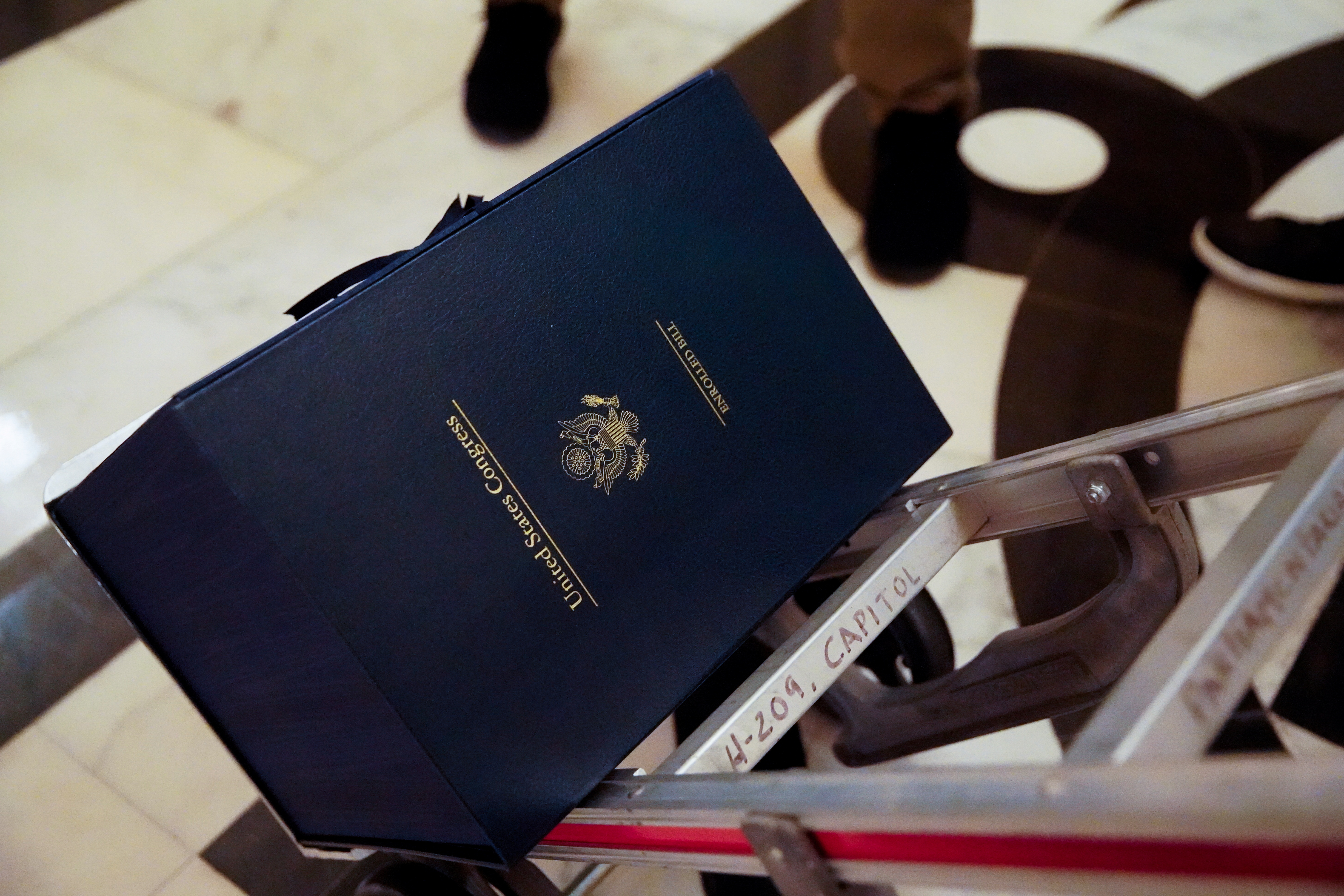Biden’s Infrastructure Deal: How does US infrastructure compare to the rest of the world’s?

A few minutes every morning is all you need.
Stay up to date on the world's Headlines and Human Stories. It's fun, it's factual, it's fluff-free.
According to Biden during the press briefing, this infrastructure bill “puts us on a path to win the economic competition of the 21st century that we face with China and other large countries and the rest of the world.”
What’s going on with the Bipartisan Infrastructure Deal?
- The Bipartisan Infrastructure Deal is a US$1 trillion investment into infrastructure in the United States, and it just got passed in the House of Representatives with bipartisan support.
- Before this though, the bill had already passed through the Senate. So, now that it’s passed through the House, it’s on to US President Joe Biden’s desk for signature, at which point it will become law.
- This bill includes US$110 billion for improving roads and bridges, US$66 billion to improve railroads and US$65 billion to improve broadband internet access in rural areas of the country. There are also provisions for improving water pipes, electric car charging stations and airports.
- It also has US$65 billion for modernizing the country’s power grid, which involves building some of the green infrastructure needed to meet climate goals.
- This bill will be paid for through a number of different ways, including around US$250 billion in unspent COVID-19 relief money and US$53 billion in unemployment insurance money that some states have suspended.
What does this mean domestically?

- According to Dr. Lauren Wright, a professor of politics and public affairs at Princeton University, this package is popular in the country.
- “Traditional infrastructure in particular has been a popular policy proposal for years,” she said.
- But “Democrats should not assume that passing domestic policy (even popular domestic policy) will protect them from major losses in 2022.”
- She also emphasized the historical pattern of the President’s party losing seats during the midterm elections, which has been true with only three exceptions since 1862.
- And the other piece of Biden’s domestic agenda, the Build Back Better plan, which includes several social policies and climate change initiatives, is on hold until the final price tag of the plan is finalized.
- Reagrdless, however, this infrastructure bill is a win for Democrats, with Biden calling it “a monumental step forward as a nation” during a White House press briefing on November 6.
What about internationally?
- According to Biden during the press briefing, this infrastructure bill “puts us on a path to win the economic competition of the 21st century that we face with China and other large countries and the rest of the world.”
- The infrastructure package is designed to, at least in part, compete with China and its “Belt and Road Initiative.”
- Currently, the US ranks 12th globally when it comes to transportation, ranking 48th in rail travel. US water supply infrastructure ranks 30th worldwide and its transition to renewable energies ranks 24th.
- The bill also directs US$47 billion toward climate-disaster related cleanup and repair efforts. Within that figure, an amount will be directed toward helping communities prepare and boost their resilience toward more climate-related disasters, such as floods and storms.
- This comes just after leaders at COP26 called the current climate situation “a minute to midnight,” adding that “lights are flashing red.”
What’s next?
- Well, the thing to watch out for will be just how significant the impact is from this piece of legislation and therefore, how functional it is at helping the US compete on a global scale.
- But since it’s a decadelong project, the effects will come slowly, and many of them will likely only be very visible in hindsight.
- With that said, for Americans, there will be real-world effects that ripple around the globe. For example, investment in electric vehicles will likely mean that the costs for us in this regard will go down.
- And, when it comes to climate impact, the Build Back Better plan is important to help the nation actually meet carbon emission goals.
You drive the stories at TMS. DM us which headline you want us to explain, or email us.




Comments ()